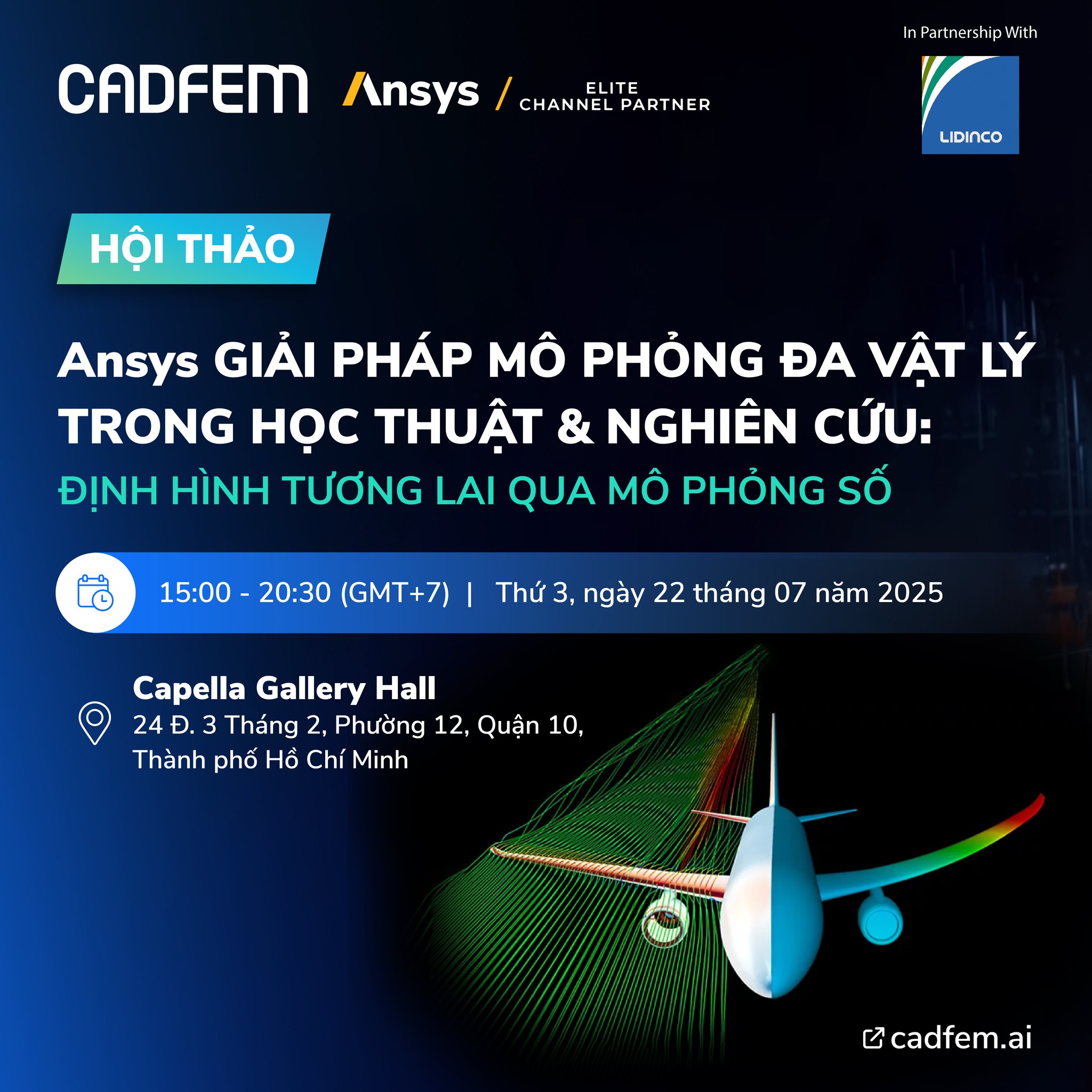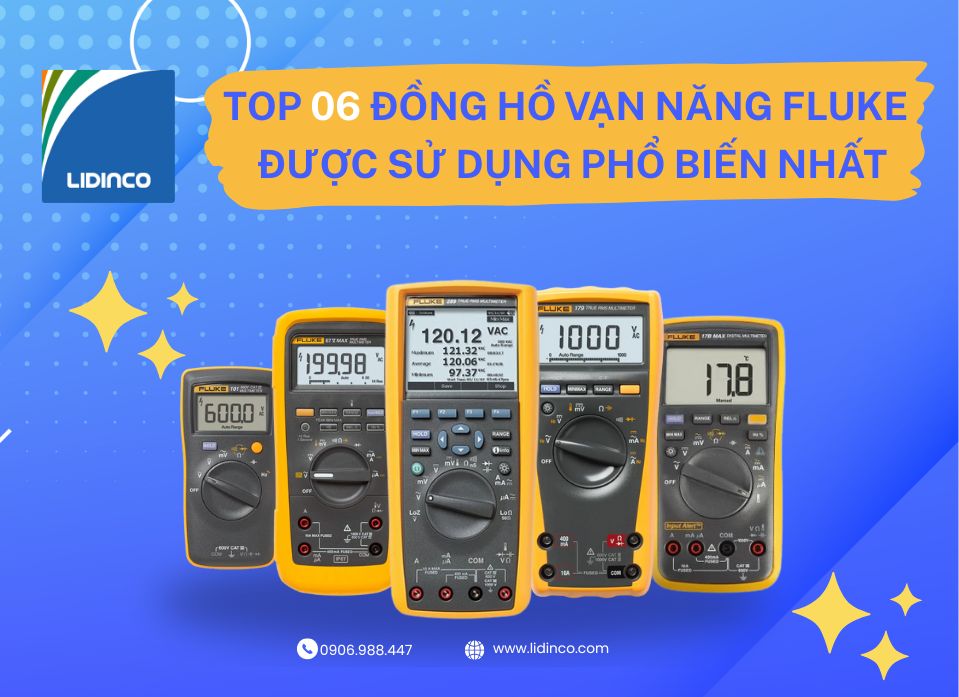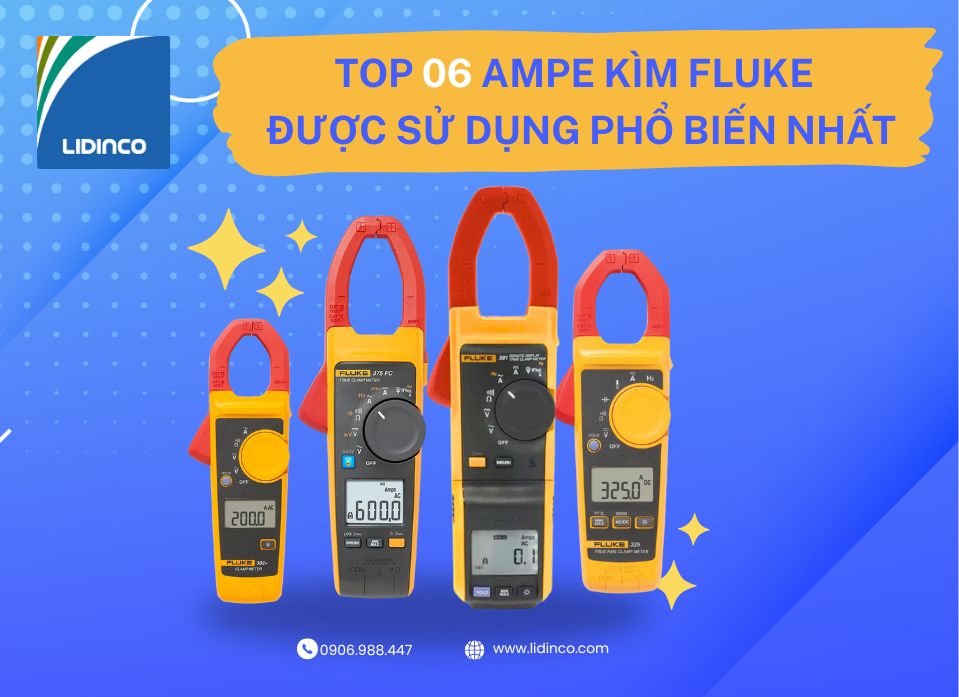Sonocat Finding the dominant acoustic sound sources in a driving vehicle
Introduction
To assess a noise issue inside a car, several Sonocat measurement scans were conducted inside the vehicle while driving on one of the Testing Locations for NVH. The Sonocat measurement device used in the experiments is shown in Figure 1. The measurements were performed on a sunny and warm day. Initially, some point measurements were performed to roughly measure the acoustics inside the
vehicle and get acquainted with the problem. Secondly, measurement scans were performed covering the suspected interior areas. These measurements took about ½ hour to perform. Afterwards, the scans were processed and the major noise emitting surfaces were identified.
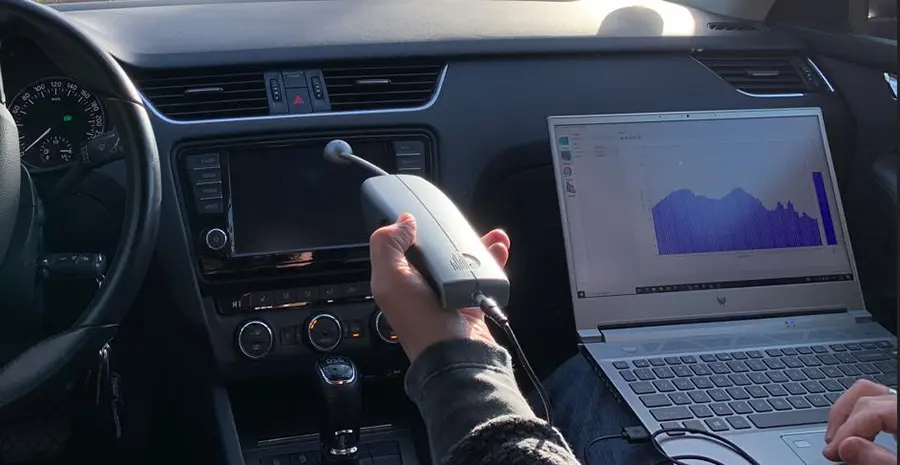
Measurements
In Figure 2, the labelled some of the areas where measurements were made are shown. These labels indicate the scan number and description of each of the scanned area, which correspond to the measurements files shown in Figure 3. (One may have to zoom into the photo to see the scan numbers).
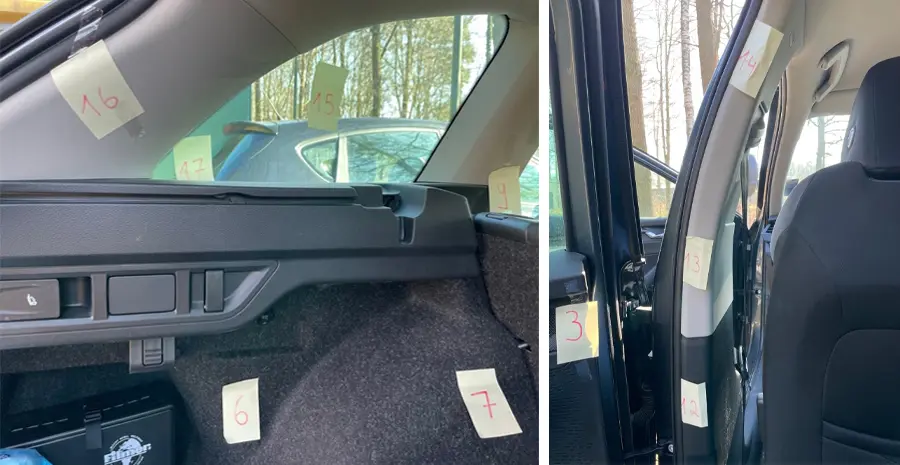
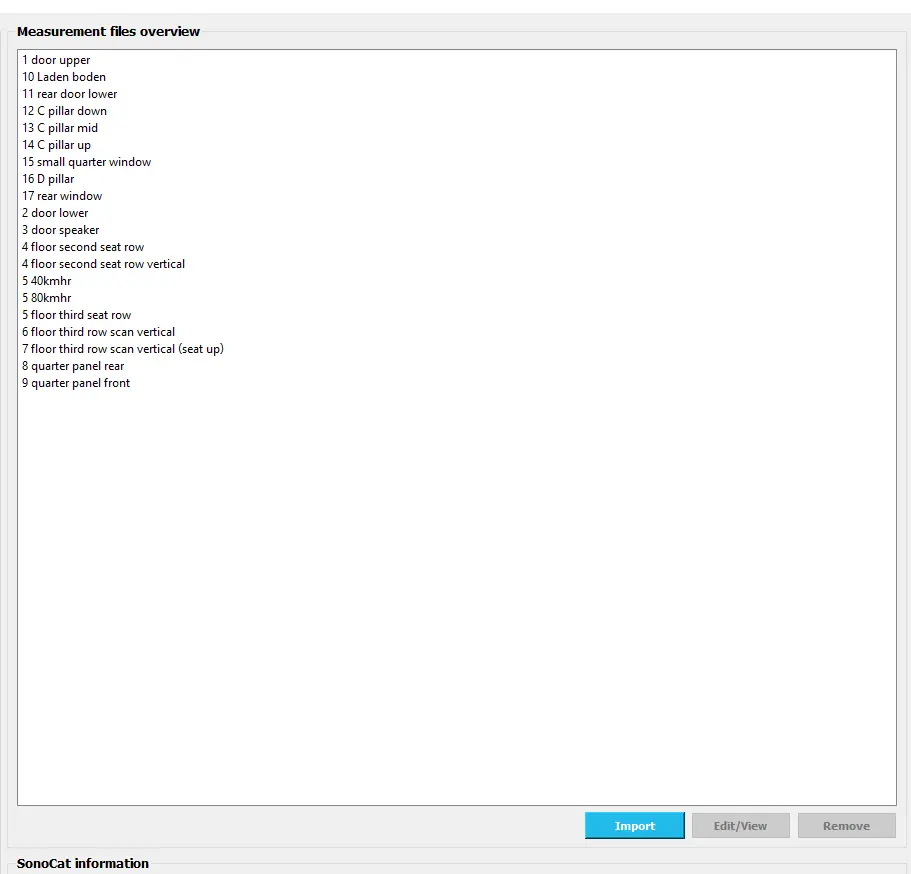
Results
Using the Sonocat and Sonocat software, the active power (= incident acoustic power flowing through the scanned area – reflected acoustic power flowing through that same area) has been measured as well as the absorption/emission coefficient (= the ratio between the active power and incident/emitted power). For convenience, the absorption and emission coefficient are plotted in the same figure, Figure 4, where we have used the convention that absorption coefficients are positive and emission coefficients are negative.
Thus, if the active power is negative, sound is emitting from the scan area and for more negative values of the emission coefficient this emission is also more efficient. Hence, the most dominant noise coming into the cabin is from areas for which the emission coefficients are most negative. (One will be able to plot the emitted power as well, in the upcoming release update of the Sonocat software).
The measured absorption/emission coefficients are shown in Figure 4 in 1/3-octave bands for the frequency range of interest (between 400 and 1000 Hz).
Clearly, one observes large negative values of the emission coefficient for the floor third row scan vertical (seat up), as well as but less dominant, the floor third row scan vertical (where the back seat was folded down). Other surfaces show less emission and even absorption of the sound incident on that scan area.
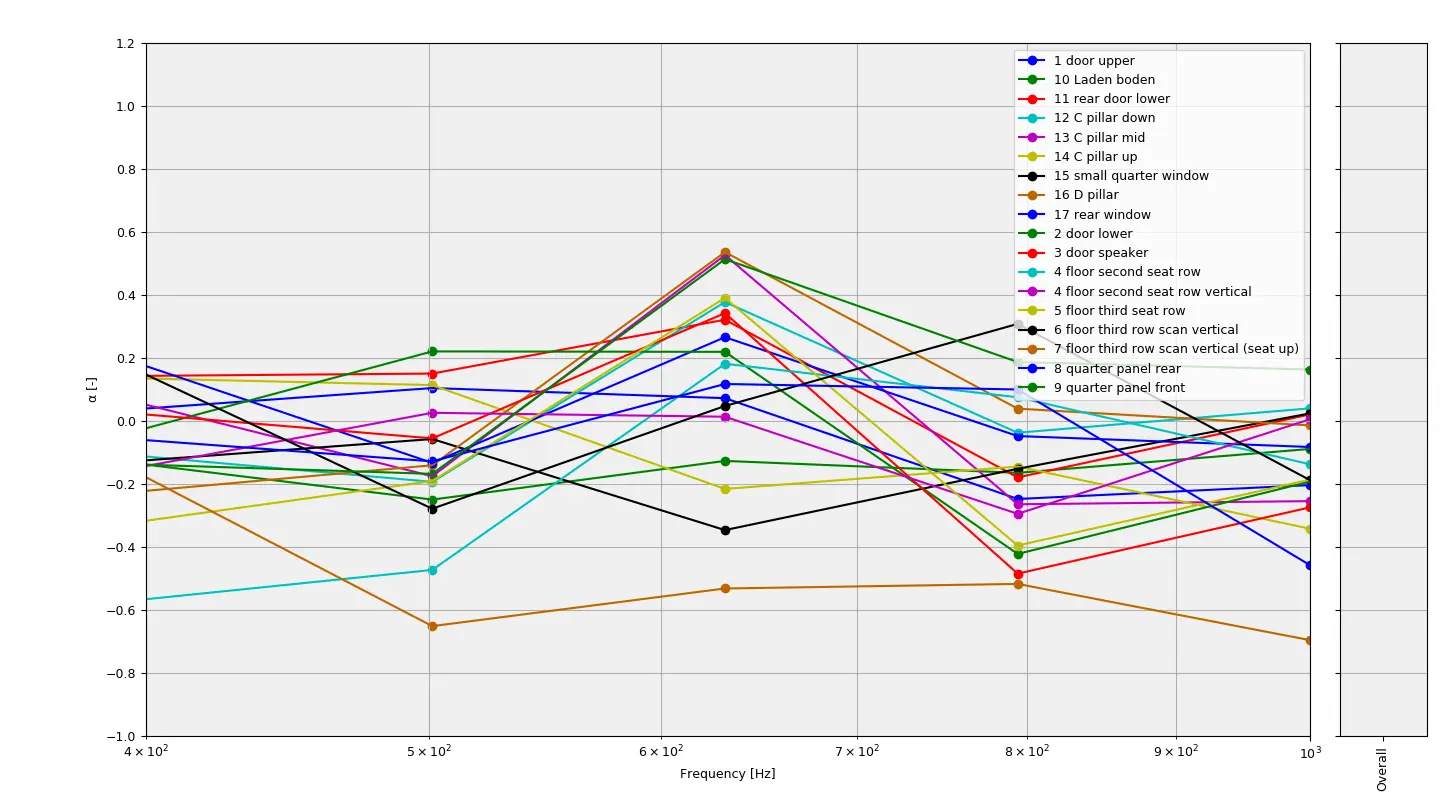
In Figure 5, the active sound power is shown for all the measured areas. Indeed, in the 630-1000 Hz 1/3-octave bands, the floor third row scan vertical (seat up) shows the largest emitted power. Also the C-pillar up and small quarter window seem to emit sound power. All other surfaces seem to absorb sound as the active powers are negative (power is flowing into the area – in Figure 5, this is indicated by the hashed bars). It must however be stressed that in this frequency range, the sound field in the cabin is quite diffuse and the active power is small and hard to measure accurately.
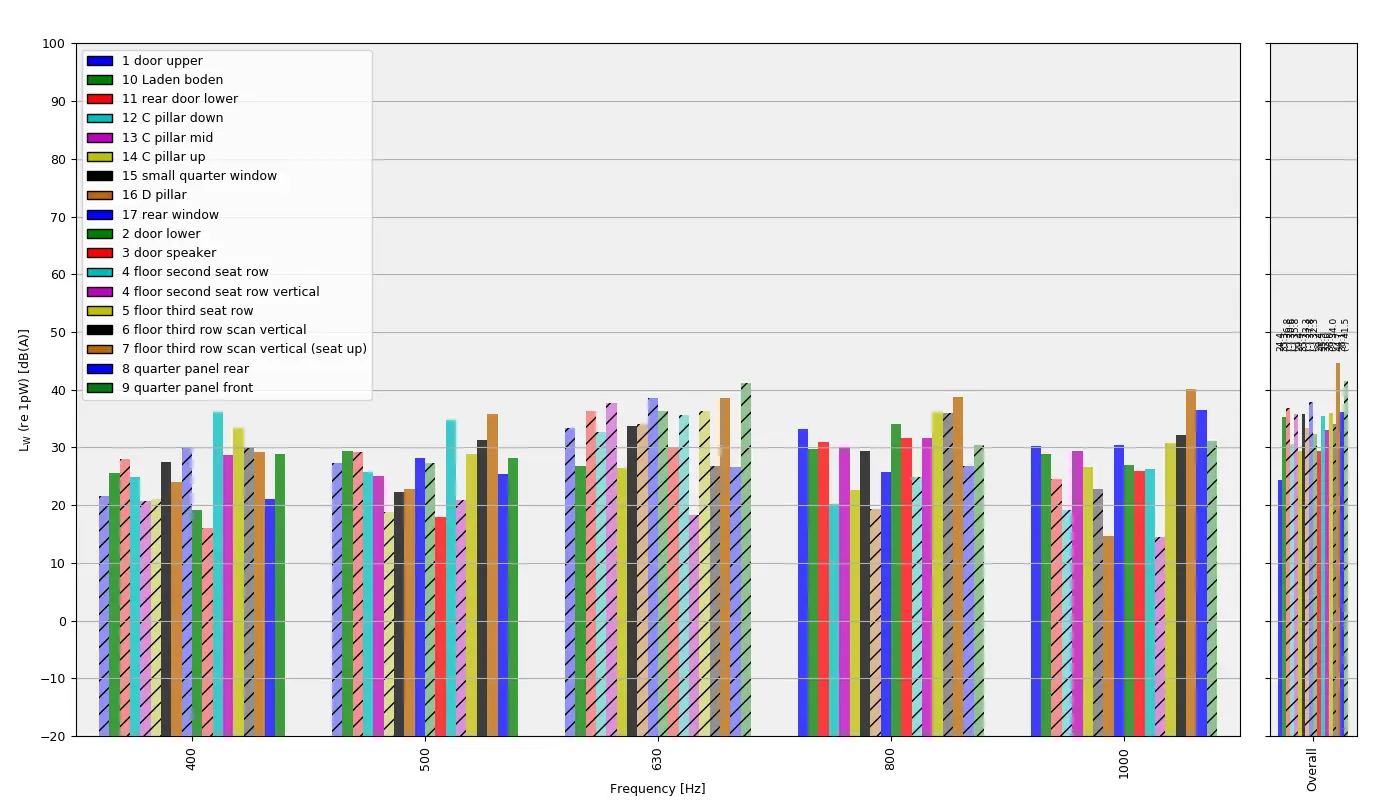
Conclusion
The Sonocat can be used to assess possible noise issues inside a car cabin. For this specific vehicle, based on a limited number of Sonocat measurements, it is most likely that most sound in the frequency range of interest is entering the cabin through the vertical scan area, just underneath the third row seat. This is in line with the observations of the non-closure of the covering behind/under the third row seat.
| Có thể bạn quan tâm: Thiết bị đo cường độ và độ hấp thụ âm thanh Sonocat |
Where to buy noise meter?
In case you need to make more professional noise measurements. Please contact Lidinco immediately, we provide high quality noise measurement equipment with many different price segments suitable for most measurement needs from basic to professional, with a team of consulting engineers to support you. Your support is ready to support with rich experience
Contact information
LIFE DEVELOPMENT INVESTMENT COMPANY LIMITED
Head Office: 487 Cong Hoa Street, Ward 15, Tan Binh District, HCM City, Vietnam
Phone: 028 3977 8269 / 028 3601 6797
Email: [email protected]
Branch Bắc Ninh: 184 Binh Than Street, Vo Cuong Ward, Bac Ninh City, Vietnam
Phone: 0222 7300 180
Email: [email protected]
Hotline: 0906.988.447
Related posts



